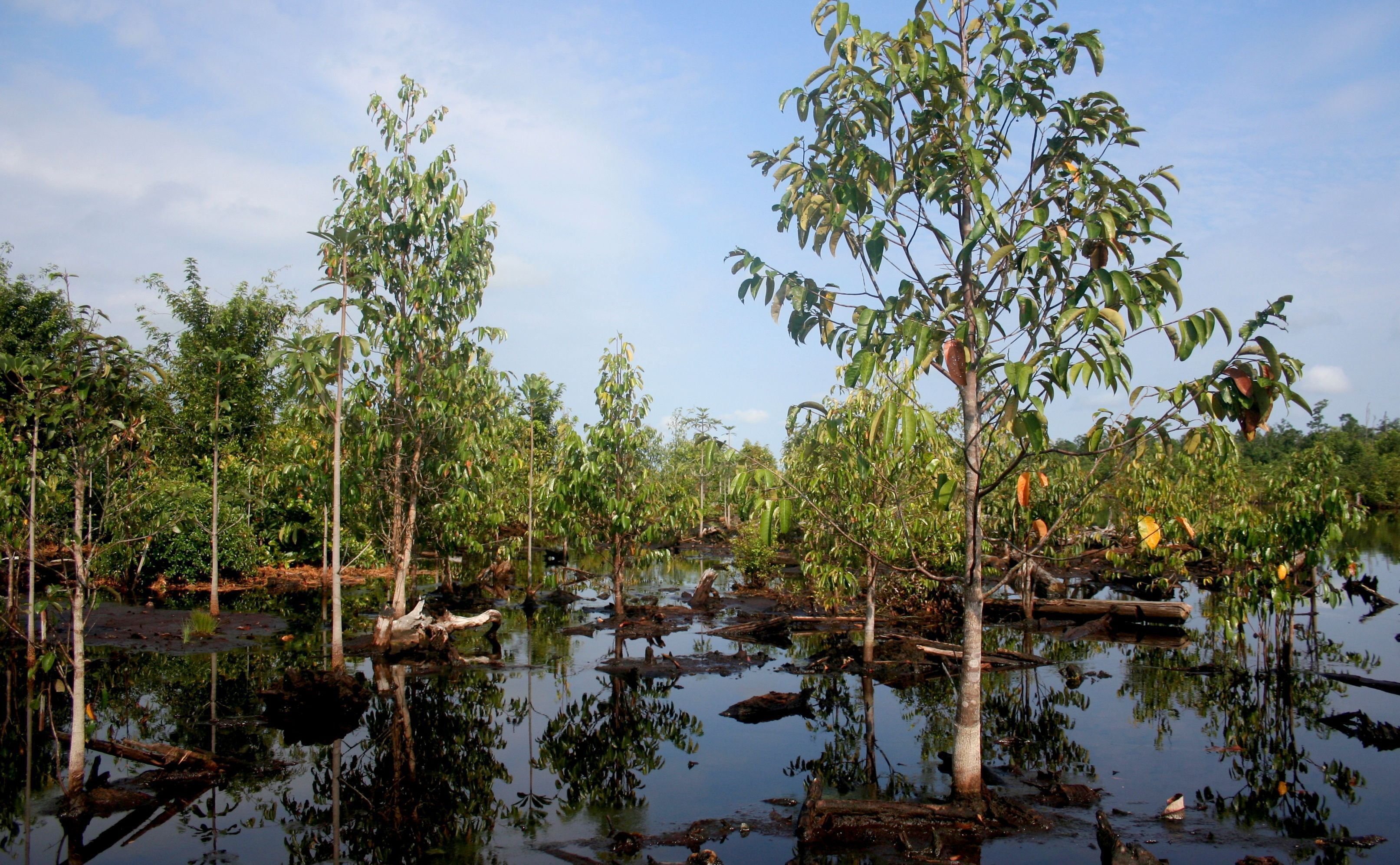“Drain the swamp!” It was Donald Trump’s campaign metaphor for purging everything bad in Washington DC. But he got his metaphor all wrong. Swamps are good. And, while Trump may not believe much in climate change, the UN climate conference in Bonn last month heard that the preservation and restoration of peat swamps in particular could be one of the world’s easiest and cheapest ways to fight global warming.
Peat swamps are waterlogged places made of dead plants that cannot decompose because the fetid swamp waters contain no oxygen. Over thousands of years, the organic remnants accumulate in dense layers of peat that will eventually turn into coal.
These waterlogged peatlands cover an area of the planet roughly the size of India, from the frozen tundra of Siberia to the floor of rainforests in the Amazon, Congo and Borneo. They are the planet’s biggest natural stores of carbon. A hectare of intact peatland can contain 1300 tonnes of carbon, more than ten times as much as the same area of forest.
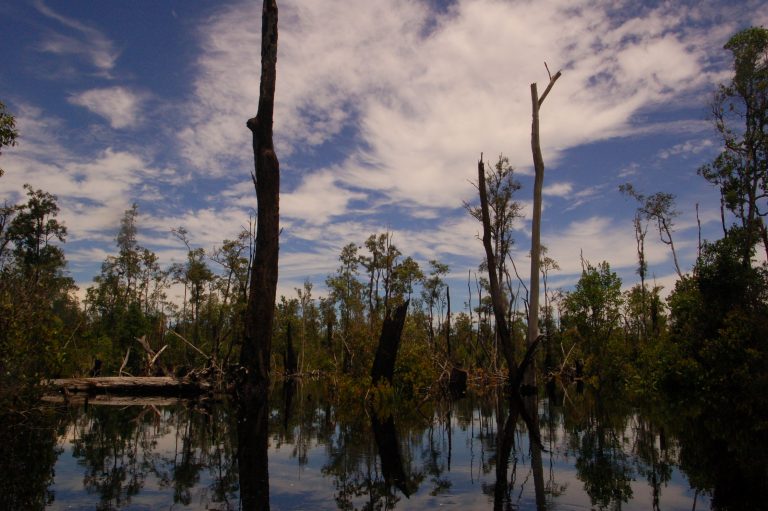
But the world’s peatlands are under growing threat, either deliberately drained to provide land for profitable industrial crops such as palm oil, or accidentally consumed by forest fires. So far an estimated 500,000 square kilometres have been lost.
Once drained, the dried-out plant matter oxidizes. Carbon in the ground turns to carbon dioxide in the air. Drained peatlands now make up an estimated 5 percent of global greenhouse gas emissions from human activity.
Adding the carbon from the world’s peat swamps could add to the atmosphere the equivalent of 200 years of US greenhouse gas emissions, and raise global temperatures by more than one degree Celsius.
But that could be halted, say ecologists. In Bonn, a plethora of side-events made the case for rehabilitating peatlands by blocking up drains and reflooding them. That way they could turn from carbon sources to carbon sinks, and help the world reach its target of halting warming at 1.5 degrees Celsius.
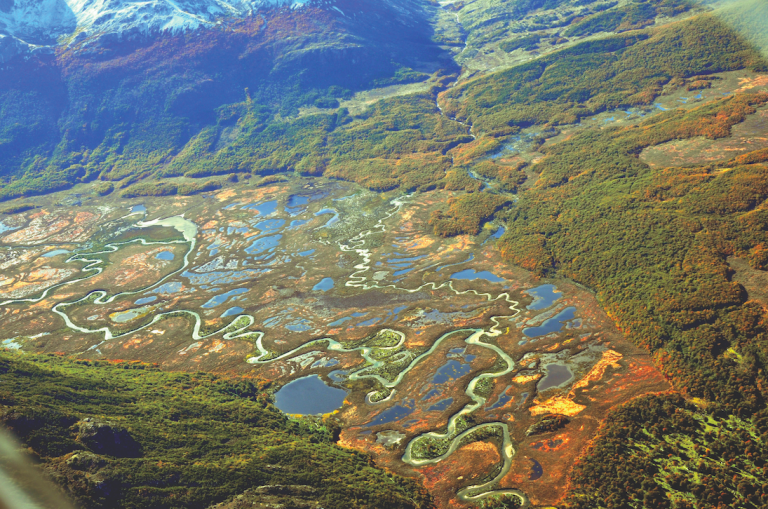
The outstanding recent peatland rehabilitation project presented in Bonn is from Russia. The UN Climate Change Momentum for Change Initiative showcased the rehabilitation of peat swamps around Moscow that caught fire during a heatwave in 2010.
The fires unleashed smoke that killed thousands of Russians and filled the atmosphere with millions of tonnes of carbon dioxide. But since 2010 the global network organization Wetlands International, working with the Russian Academy of Sciences and others, has brought back some 35,000 hectares of wetland by blocking drains, and has replanted their vegetation. In the process, it has cut CO2 emissions from the peat by around 200,000 tonnes a year.
Like jungles, peat bogs have long suffered from a bad reputation – as places of disease and danger. In recent times, jungles have got a makeover as rainforests. But bogs are still often seen as wildernesses in need of reclaiming. Hence: “drain the swamp”.
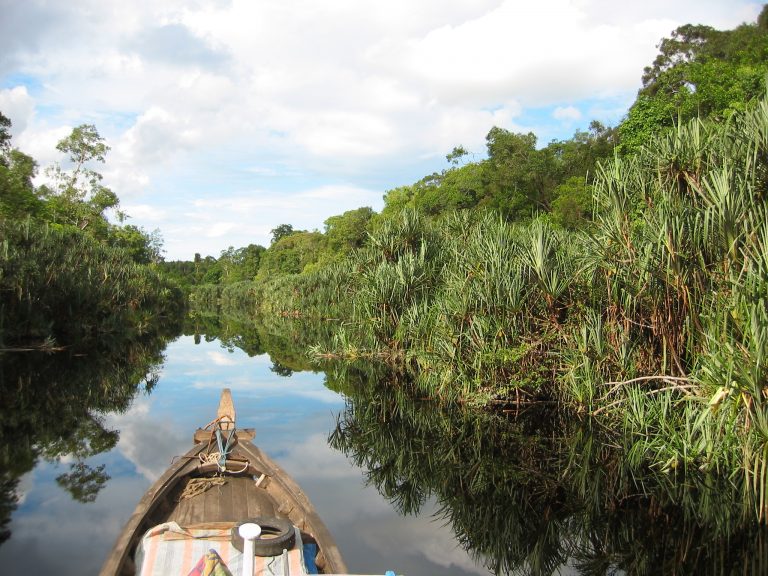
And while the world’s forests are mapped in great detail, the locations of the planet’s peat is only dimly known. In 2015, geographers mapped a previously unknown area of peatland the size of Belgium beneath rainforests in the Peruvian Amazon.
Early this year, they went one better – discovering the world’s largest tropical peat swamp in the Republic of the Congo. It covers an area larger than England, and may contain as much carbon as from 20 years of US emissions.
Despite these recoveries, the world’s most important – and threatened – peatland hotspot remains Indonesia. The islands of Borneo and Sumatra contain peat layers up to 15 metres deep. As the islands’ forests are being cut down, large areas of peatlands beneath them are being drained for palm oil and forestry. As a result, annual emissions from Indonesian peat oxidation are currently roughly the same as those from fossil-fuel burning in Canada.
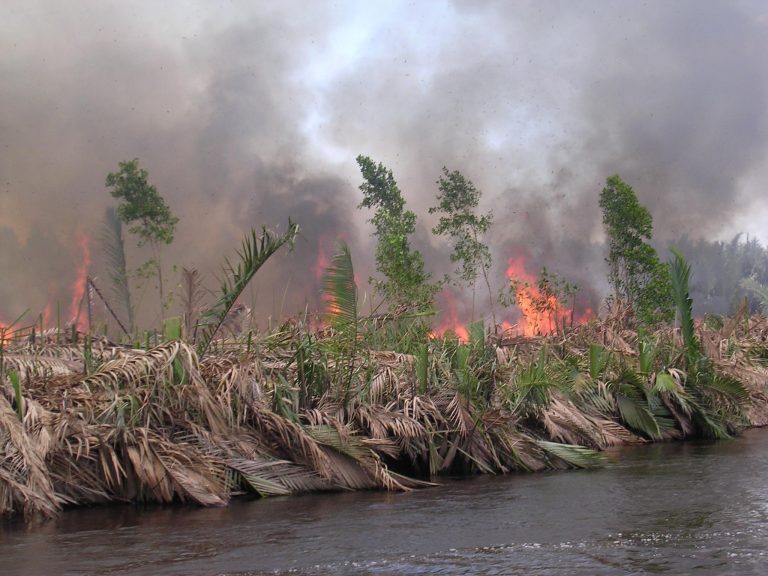
When peat burns, emissions are even greater. During forest fires in Indonesia in September and October 2015, the flames spread into the peat. The resulting emissions were for several weeks on a par with those of the entire US economy.
Related Article: THE KEY TO THE SDGS: CONSERVING AND RESTORING WETLANDS
The 2017 Global Land Outlook, published by UN Convention to Combat Desertification, estimated that globally some 2 billion tonnes of CO2 is entering the atmosphere annually from degraded peatlands, most of it in the tropics. That is twice as much as the emissions from global aviation. But this hemorrhaging of the world’s largest natural carbon store could be ended swiftly and cheaply. “Climate mitigation policies for cropland should prioritize elimination of peatland drainage” the report said.
But efforts are currently being stymied by failings in the Paris agreement. Rules for counting national greenhouse-gas emissions do not currently require the inclusion of emissions from peatlands. This despite an Indonesian inventory in 2012 finding peatlands produced up to half its total emissions of greenhouse gases.
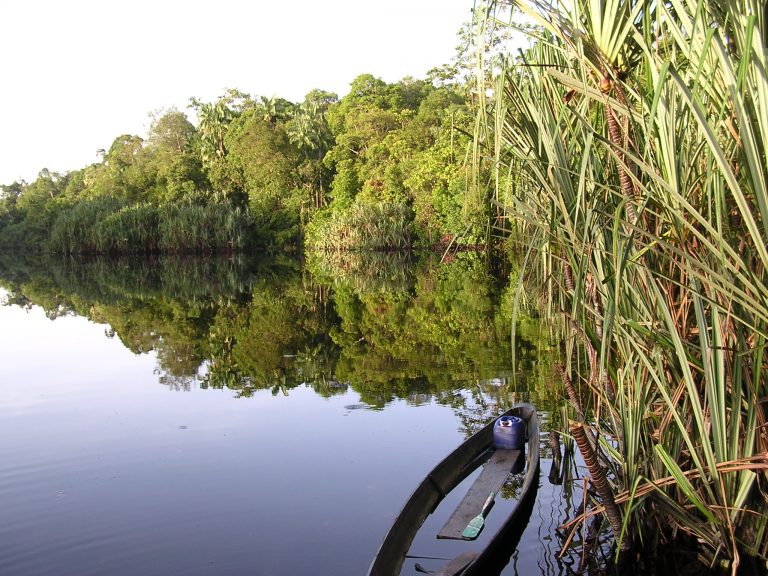
Wetlands conservationists are working to change this situation. After its work rehabilitating Russian peatlands, Wetlands International is partnering with the UN Environment Programme and other organisations in the Global Peatlands Initiative to bring forward projects in Indonesia, the Congo basin and the Peruvian Amazon.
A report by conservation scientists, including Wetlands International, concluded earlier this year that protecting peatlands could secure almost 700 million tonnes of carbon emissions annually by 2030, forming a major plank of its proposal for natural ecosystems to deliver a third of emissions cuts required under the Paris climate agreement.
Time for a new slogan: “Fill the swamp!”
Editor’s Note: The opinions expressed here by Impakter.com columnists are their own, not those of Impakter.com. — Featured Photo Credit: Marcel Silvius/Wetlands International.
First published in December 15th, 2017. Updated 25.12.2020


